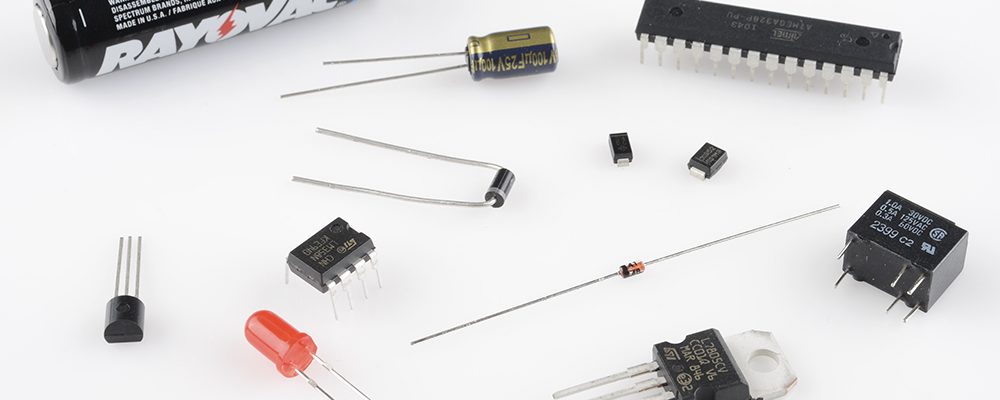
In the vast realm of electronics, understanding the basic electronic components is crucial for both enthusiasts and professionals alike. These components form the building blocks of countless electronic devices, from smartphones and computers to complex industrial machinery. In this comprehensive guide, we will delve into the world of electronic components, exploring their functions, applications, and the role they play in shaping our modern technological landscape.
- Resistors:
Resistors are the unsung heroes of electronic circuits, providing resistance to the flow of electric current. They come in various types, such as carbon film, metal film, and wirewound resistors, each with its unique characteristics. By controlling the flow of current, resistors enable voltage division, current limiting, and signal conditioning. Their applications range from simple LED circuits to advanced audio amplifiers and power supplies. - Capacitors:
Capacitors store and release electrical energy, acting as temporary power reservoirs. These versatile components come in different types, including electrolytic, ceramic, and tantalum capacitors, each with specific capacitance and voltage ratings. Capacitors are essential in smoothing power supply voltages, filtering noise, and storing charge in timing circuits. They also play a vital role in coupling signals between different stages of amplifiers and in energy storage systems like batteries. - Inductors:
Inductors are coils of wire that generate a magnetic field when an electric current passes through them. They resist changes in current flow, making them ideal for filtering out high-frequency noise and stabilizing power supplies. Inductors find applications in power converters, radio frequency (RF) circuits, and electromagnetic compatibility (EMC) solutions. Their ability to store energy in magnetic fields is harnessed in devices like transformers and inductive sensors. - Diodes:
Diodes are one-way valves for electric current, allowing it to flow in only one direction. They are crucial in rectifying alternating current (AC) to direct current (DC) in power supplies. Diodes also serve as voltage regulators, signal modulators, and protect sensitive components from reverse voltage. Popular types include the ubiquitous silicon diodes, Schottky diodes for high-speed switching, and Zener diodes for voltage regulation. - Transistors:
Transistors are the workhorses of modern electronics, serving as amplifiers and switches. They come in various forms, such as bipolar junction transistors (BJTs) and field-effect transistors (FETs). Transistors amplify weak signals, enabling audio and radio frequency amplification. They also control the flow of current in digital circuits, forming the foundation of microprocessors and memory chips. Transistors have revolutionized the electronics industry, enabling the miniaturization and integration of complex circuits.
Conclusion:
Understanding the basic electronic components is essential for anyone venturing into the world of electronics. From resistors and capacitors to inductors, diodes, and transistors, each component plays a unique role in shaping the behavior of electronic circuits. By grasping their functions and applications, we gain the ability to design, troubleshoot, and innovate in the ever-evolving field of electronics. So, embrace the world of electronic components, and unlock the limitless possibilities they offer.

